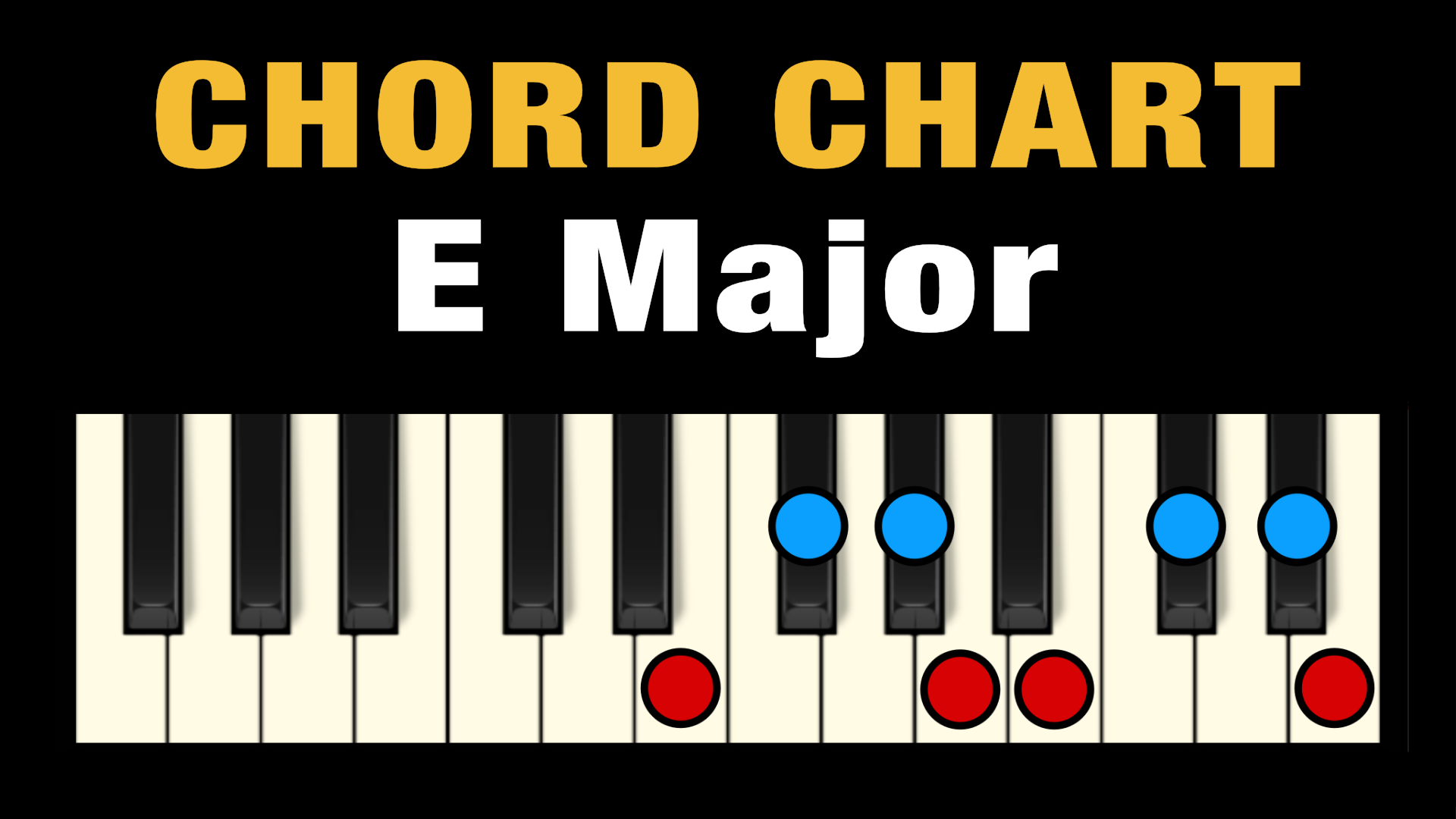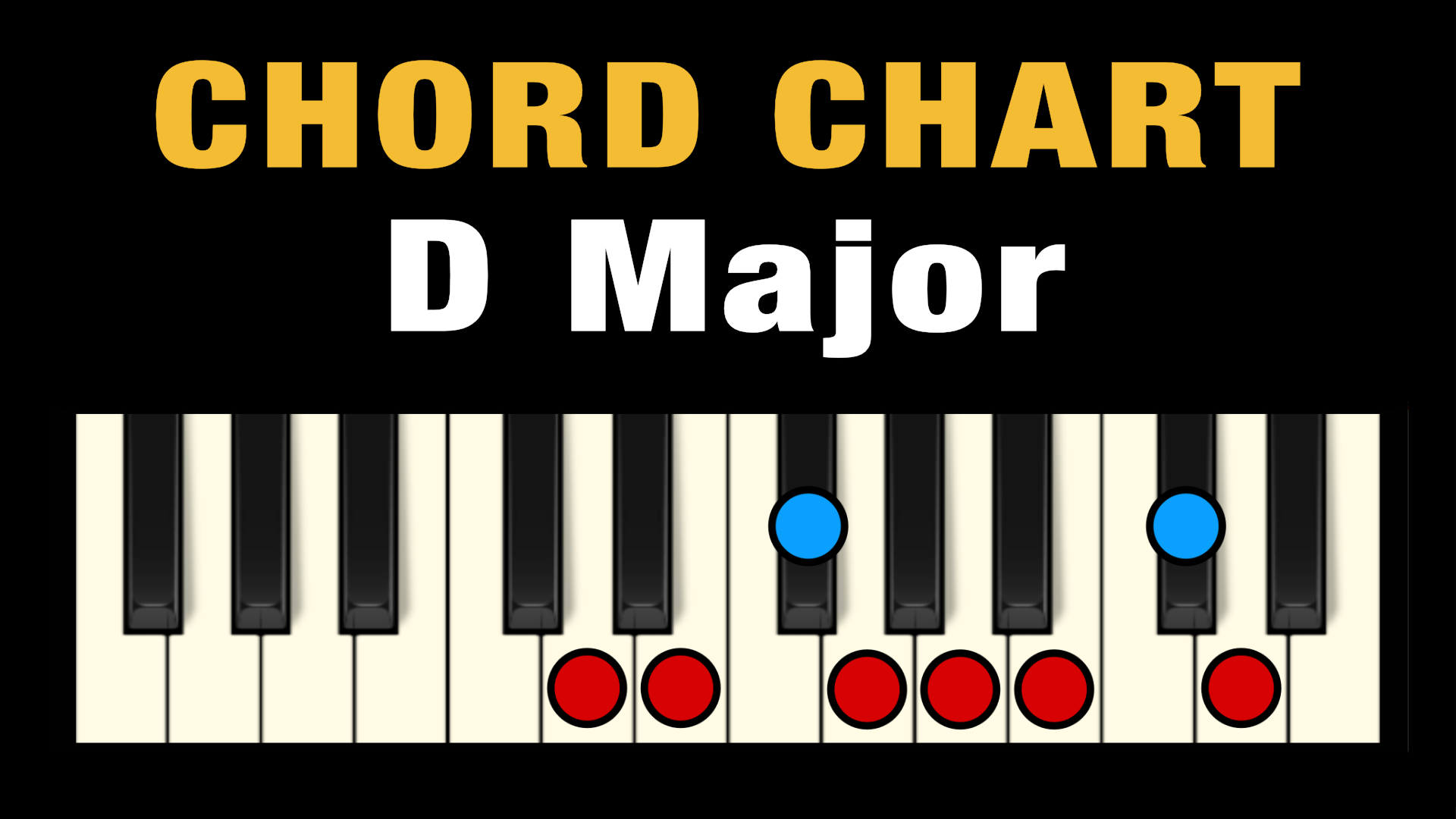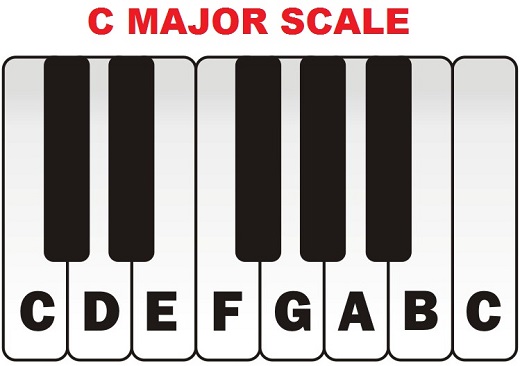D Minor is a popular key in piano music and is often used to create a somber or thoughtful mood. It is the relative minor of F major and consists of the notes D, F, A and C. The D minor chord is made up of the notes D, F and A. It is a minor triad, meaning that the notes are spaced a minor third apart. When all three notes are played together, they create a darker sound than a major chord. D minor is also a common key in classical and jazz music. There are many variations of the D minor chord, including the Dm7, Dm9 and Dm11 chords. Learning how to play these chords can add depth and complexity to your playing.
Exploring the Moods and Emotions of D Minor: A Look at Common Progressions and Melodic Patterns
D minor is a key that is often associated with melancholic and dark emotions. It is used in a wide range of musical genres, from classical pieces to modern rock and metal. This article will explore the common progressions and melodic patterns found in music written in D minor, and how these elements contribute to the mood created by the key.
One of the most commonly used progressions in D minor is the harmonic minor scale. This scale consists of seven notes, the root, second, third, fourth, fifth, sixth, and seventh, in that order. The root is D, the second is E, the third is F, the fourth is G, the fifth is A, the sixth is B flat, and the seventh is C. This scale creates a sense of tension and intensity, as the two minor thirds, F and B flat, create a dissonance that is not present in the major scale.
Another common progression in D minor is the minor pentatonic scale. This scale consists of five notes, the root, second, third, fifth, and sixth. This scale creates a more relaxed atmosphere than the harmonic minor scale, as the fifth and sixth notes (A and B flat) are played in unison and lack the dissonance present in the harmonic minor scale. This creates a more gentle and peaceful atmosphere.
The melodic patterns used in D minor also contribute to the mood created by the key. Common melodic patterns include descending chromatic scales, which create a feeling of sadness and loss, and short melodic motifs, which create a sense of mystery and suspense. Other melodic patterns, such as arpeggios and intervals, are also used to create a more upbeat and cheerful atmosphere.
In conclusion, D minor is a key that is often associated with melancholic and dark emotions. This is due to the common progressions and melodic patterns found in music written in this key, which create a sense of tension, mystery, and suspense. By understanding these elements, composers and musicians can better capture the moods and emotions of D minor in their works.
Crafting Intricate Arpeggios in D Minor: Tips and Tricks for Enhancing Your Playing
Crafting intricate arpeggios in D minor can be a great way to enhance your playing and make your music sound more interesting and engaging. Here are some tips and tricks to help you get started.
1. Start by familiarizing yourself with the key of D minor. Knowing the notes in the key will help you to create interesting arpeggios and progressions.
2. Develop an understanding of the arpeggio patterns in D minor. Practice them until you can play them fluently and with confidence.
3. Experiment with different voicings of the arpeggios. Try playing the notes in different configurations and listen to how they sound.
4. Experiment with different rhythms. Try playing the arpeggios in different time signatures, or with syncopation.
5. Try adding chromatic notes to your arpeggios to add interest and tension.
6. Use pedal tones to add depth to your arpeggios.
7. Try adding countermelodies or harmonic accompaniments to your arpeggios.
8. Practice your arpeggios at different tempos and levels of intensity.
By practicing these tips, you can take your arpeggios in D minor to the next level and make your music even more engaging and captivating.
A Comprehensive Guide to Chord Voicings and Inversions in D Minor
Chord voicings and inversions are essential elements of music theory and important components of playing instruments in the key of D Minor. Understanding these concepts is essential for any musician looking to compose or play music in this key. This guide will provide an overview of chord voicings and inversions in D Minor, including definitions and examples.
A chord voicing is the order and arrangement of notes in a chord. A chord inversion, on the other hand, is when the root of the chord is not in the bass. Inversions allow for the movement of the bass line in the music, creating a more interesting and varied sound.
The most common chord voicings for D Minor include Dm, Dm7, Dm6, Dm9, Dm11, Dm13, and Dmadd9. Each of these chords can be inverted in order to create interesting harmonic progressions. For example, a Dm7 chord can be inverted to create a Dm7/F, Dm7/A, Dm7/C, or Dm7/E chord. Similarly, a Dm6 chord can be inverted to create a Dm6/G, Dm6/Bb, Dm6/D, or Dm6/F chord.
When playing chords in D Minor, it is important to consider the overall sound of the progression. The use of inversions can be a great way to add movement and interest to a chord progression. Additionally, using different chord voicings can help to create a more unique and dynamic sound.
In conclusion, understanding chord voicings and inversions in D Minor is essential for any musician looking to compose or play music in this key. This guide has provided an overview of chord voicings and inversions in D Minor, including definitions and examples. With this knowledge, musicians can create interesting and varied harmonic progressions in D Minor.
Taking Your Playing to the Next Level: Advanced Scales and Modes in D Minor
If you are an experienced musician looking to take your playing to the next level, there are many advanced scales and modes that you can use in D minor. By mastering these scales and modes, you can add complexity, depth, and sophistication to your improvisations and compositions.
The D Minor Scale
The D minor scale is an important scale to master if you want to take your playing to the next level. The scale consists of the notes D, E, F, G, A, B♭, and C. The D minor scale is a great starting point for creating melodies and can also be used as a basis for improvisation.
The Dorian Mode
The Dorian mode is a great way to add complexity to any melody. It can be derived from the D minor scale, with the added note of A♭. The mode consists of the notes D, E, F, G, A♭, B♭, and C. The Dorian mode is a great way to add a unique sound to your music, as it contains a minor third and a major seventh.
The Phrygian Mode
The Phrygian mode is another great way to add complexity to your music. This mode is derived from the D minor scale, with the added note of B♮. The mode consists of the notes D, E♭, F, G, A♭, B♮, and C. The Phrygian mode is characterised by its minor second, minor third, and minor sixth. This makes it a great choice for creating unique melodies with a distinctive sound.
The Aeolian Mode
The Aeolian mode is derived from the D minor scale, with the added note of B♯. The mode consists of the notes D, E, F, G, A♭, B♯, and C. The Aeolian mode is characterised by its minor third, minor sixth, and major seventh. This makes it a great choice for creating melodies with a dark, mysterious sound.
The Mixolydian Mode
The Mixolydian mode is derived from the D minor scale, with the added note of A♮. The mode consists of the notes D, E, F, G, A♮, B♭, and C. The Mixolydian mode is characterised by its major third, major sixth, and major seventh. This makes it a great choice for creating melodies with a bright, uplifting sound.
By mastering these advanced scales and modes in D minor, you can take your playing to the next level and create unique and sophisticated melodies. With practice, you can use these scales and modes to create complex and interesting musical pieces.
Exploring the Intersection of Jazz and Classical in D Minor: Analyzing the Fusion of Styles
The intersection between jazz and classical music in D minor can provide a unique and captivating fusion of styles. Through examining the harmonic and melodic characteristics of both genres, their differences and similarities can be highlighted, allowing musicians to explore a new and innovative sound.
The altered and extended chords found in jazz are one of the main differences between the two styles. Jazz music often includes added notes such as 9ths, 11ths, and 13ths to create a more complex harmonic structure. In contrast, classical music typically relies on simpler chord progressions. However, when these two genres intersect in D minor, the added notes of jazz can be blended with the more traditional chords of classical music to create a unique sound.
The melodic structure of jazz and classical music also varies greatly. Jazz often utilizes syncopated rhythms, which emphasize certain beats in the measure, while classical music relies more heavily on even note values. When the two genres intersect, however, the syncopation of jazz can be blended with the even note values of classical music to create an interesting and captivating new sound.
The two genres also share some similarities in D minor, making it even easier to create a fusion of styles. Both genres use the same harmonic structure, which is based on the D minor scale. This means that notes from either genre can be used interchangeably, allowing for a seamless transition between the two styles.
The intersection of jazz and classical music in D minor can provide a unique and captivating fusion of styles. By highlighting their differences and similarities, musicians can explore a new and innovative sound that is sure to captivate and delight audiences. Through analyzing the harmonic and melodic characteristics of both genres, musicians can create a truly unique musical experience.
Unlocking the Secrets of the Blues in D Minor: Tips for Crafting Riffs and Solos
Writing in the blues scale can be an incredibly rewarding experience for guitarists of all levels. It can provide an emotional depth to your music that is truly unique. But crafting an interesting solo or riff in the blues scale can be daunting. To help you unlock the secrets of the blues in D minor, here are some tips for crafting riffs and solos.
1. Get to know the scale. Before you start writing, you need to familiarize yourself with the D minor blues scale. The notes of the scale are D, F, G, G#, A, C, and D.
2. Experiment with different note combinations. Once you know the notes of the scale, you can start experimenting with different combinations of notes. Try playing the scale in different positions, and see what sounds the best.
3. Focus on the notes of the root chord. When crafting a blues riff or solo, it is important to focus on the notes of the root chord. In D minor, the root chord is Dmin7. This chord consists of the notes D, F, A, and C. These notes form the foundation of any solo or riff in D minor.
4. Utilize the blues “turnaround”. The blues turnaround is a classic technique used to end a blues progression. It involves playing a descending blues scale from the tonic (D) to the fifth (A). This technique can be used to add a sense of resolution to your riffs and solos.
5. Keep it simple. When crafting a blues solo, it is important to remember that less is more. Try to limit yourself to using only a few notes and avoid overplaying. This will help you to create a simple, yet effective solo.
By following these tips, you will be well on your way to unlocking the secrets of the blues in D minor. With a little practice, you will be able to craft interesting riffs and solos that will bring your music to life.
Conclusion
In conclusion, D Minor Piano Chords & Notes are an essential part of playing the piano and learning the basics of music theory. D Minor is an important key for improvisation, creating beautiful melodies, and expressing emotion. With practice, anyone can become proficient in playing D Minor chords and notes.
Since 2005, Singersroom has been the voice of R&B around the world. Connect with us via social media below.








